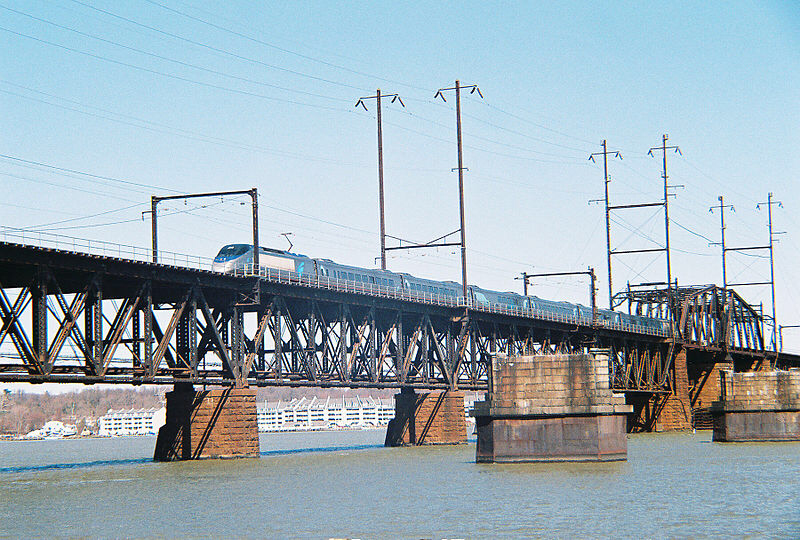There is much debate over how best to achieve net-zero emissions. While I don’t have the definitive answer, I surely have an opinion. Keep in mind that greenhouse gas (GHG) emissions worldwide are still rising. But, understand also that transportation contributes significantly to that increase.
The biggest atmospheric-GHG contributor within the transport sector, meanwhile, is cars. Next behind that is trucking, followed by shipping (maritime), flying (aviation), rail transport and then other (pipelines, etc.), in that order. At first glance, the smart move it would seem would be to electrify driving, and that by going this route, that would make the biggest impact in the shortest amount of time. But, would it really?
Fierce competition
There is a huge push to equilibrate emissions. What that equates to is net-zero atmospheric greenhouse gases. The part humans are responsible for putting in air must therefore be removed. There are several ways this can be accomplished, the most popular methods being carbon capture and storage (CCS) and direct carbon dioxide removal (CDR) through a process known as Direct Air Capture (DAC). And, these practices, if we are to avoid climate’s most disastrous and dramatic effects by century’s end, must be both scaled up big-time and sustained. At least, that’s the consensus belief, anyway.
I’ve read much on this issue. I’ve read information written by academics, journalists and scientists alike. All have something to say. I’ll be the first to admit that some I agree with, some I clearly do not (agree with).
So I look at motor vehicle transportation; it arrived relatively late on the scene. As to its evolution, it has changed comparatively little over the course of its history. Compared to aviation, railroading and shipping, the motor vehicle world is the least changed.
With aviation sort of being in the same boat, what does that leave? Railroading and shipping.
With railways accounting for two percent of global GHGs, one thing I think we can all agree on is this mode of transportation is grossly underpatronized, underutilized. And, it could relatively easily be expanded and electrified and that’s exactly what’s been happening in places like China, for instance.
When people ride trains, they are, for all intents and purposes, neither driving nor flying. With fewer flights and motor vehicle moves, fewer emissions from those modes are produced.
Undoubtedly there are a number of readers who would argue that electrifying the motor vehicle sector (cars, buses, trucks) would absolutely accomplish the same thing and I would agree, but at what – environmental and physical (monetary) – cost?
Looking at this more closely, since each electrified car, bus and truck requires a battery or a fuel cell depending on the propulsion method utilized, one needs to consider also a host of other factors. Hydrogen being one, it has the potential to be produced sustainably (meaning in this instance not being derived from fossil fuels). The other name for sustainably produced hydrogen? Green hydrogen.
Then there’s the battery issue – they are not cheap. Given that they must be changed periodically, this means the spent batteries must be disposed of. If not done in an environmentally responsible way, then there is negative fallout associated with that.
Electric trains, on the other hand, unless they too are battery or fuel-cell powered, these receive their electric feeds either by overhead catenary wire or through a separate provision known as “third rail”. Electricity supplied for this use can be generated renewably.
In cities, furthermore, intermodal connectivity can play a huge role.
Common in Europe are tram, trolley and other track-based systems that articulate, coordinate, integrate exceedingly well with the long-distance rail passenger operations. These are otherwise called “feeder” networks, the word “networks” here being the operative word. There could always be more of these in the United States. (Their justification is well-explained in “Rails vs roads for value, utilization, emissions-savings: difference like night and day”). Oh, and for those so-called “train-setters” who absolutely cannot leave home without taking their automobiles along for the ride, Amtrak offers what it calls the “Auto Train,” limited to the Lorton, Virginia-to-Sanford, Florida service lane.
Even our freight-rail operations could benefit from electric propulsion as well.
Adding more trains to the mix would certainly add more to the job ranks. All of this has the potential to add to the economic bottom line.
As for shipping, responsible currently for up to six percent of global GHGs, it will see improvements over time, no question. Of course, cleaning up port operations too will be a big help in reducing shipping’s contribution to global warming and climate change.
The race to emissions equilibrium
Getting to net-zero emissions will be to the collective good if done in time – in this case the universally accepted year being 2050; even better if achieved earlier.
Unless and until we can get a handle on this and turn the positive-trending heat-trapping-emissions-situation around, worldwide GHGs will continue to climb. Not only does this view have the support of 97 percent of those in the scientific community, but reaching those already agreed-to specified target-date times is essential to avoid climate change’s harshest effects.
Last updated on Jul. 12, 2023 at 6:15 a.m. Pacific Daylight Time.
– Alan Kandel
Copyrighted material.
Corresponding, connected home-page-entry image: © by James G. Howes, 2008
